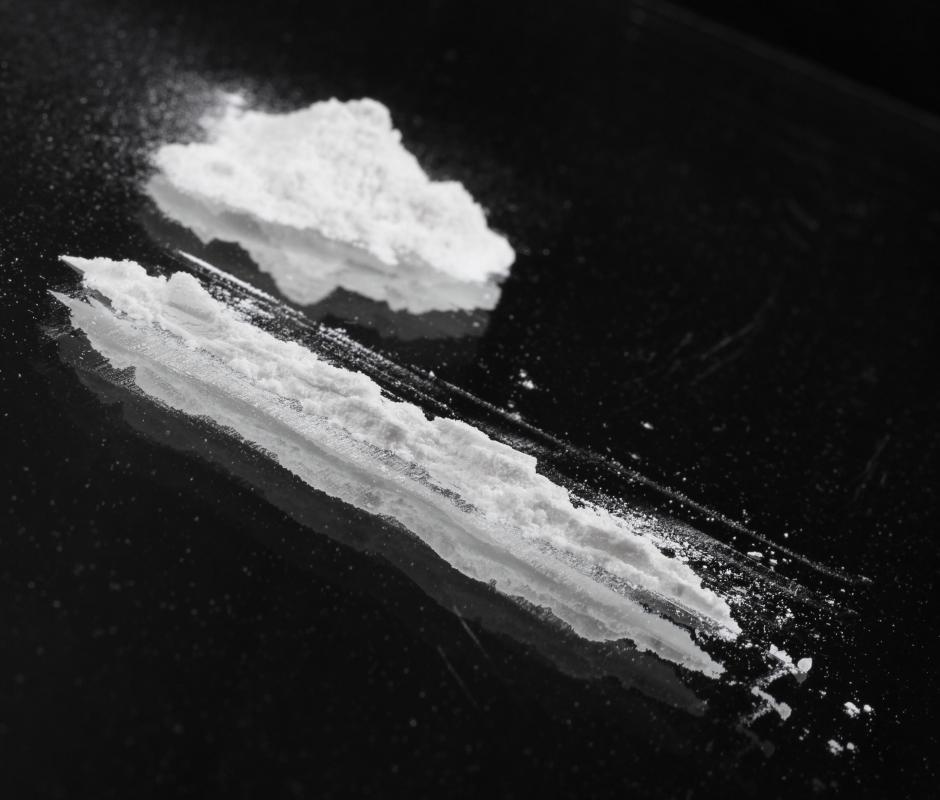At TheHealthBoard, we're committed to delivering accurate, trustworthy information. Our expert-authored content is rigorously fact-checked and sourced from credible authorities. Discover how we uphold the highest standards in providing you with reliable knowledge.
What is Vasospastic Angina?
Vasospastic angina is a medical condition in which spasms of one or both of the coronary arteries restrict blood flow to the heart and cause angina, or pain in the chest. Vasospastic angina is different from a typical angina in that it usually is experienced while at rest. Prinzmetal's angina and variant angina are other names for the same condition. The term "angina pectoris" refers to both vasospastic and typical angina, whether they are stable or unstable.
After picking up oxygen in the lungs, blood flows to the heart through the coronary arteries. When one of these arteries goes through a spasm that constricts the blood flow significantly, the heart muscles don't get the oxygen and nutrients they need to operate properly. This lack of oxygen leads to arrhythmias, palpitations and chest pain that can be severe. Patients with this type of angina generally fare better than those with typical angina when they receive treatment, but there is some risk for serious arrhythmia or heart attack.

Normally, angina is expected to occur while the body is active, and it involves a high amount of atherosclerosis — hardening of the arteries caused by the buildup of plaque made of cholesterol, fat and minerals found in the blood — in the coronary arteries. Vasospastic angina often is recognized because of the regular occurrence of attacks coming on while the body is at rest and even after several hours of sleep. It also is characterized by the fact that an exercise stress test will not bring on an attack. A coronary angiography might be performed in an attempt to diagnose vasospastic angina. In some cases, a medication such as acetylcholine is given to stimulate vasospasms and obtain a definitive diagnosis.

The condition or individual attacks can be caused by unusually high levels of stress, by overexposure to cold or by certain drugs or medications. Cocaine, vasopressin and ergonovine are all known to lead to the spasms experienced in vasospastic angina. The exact biomechanical cause of the constrictions has not been pinpointed, but a possible explanation is that the cells in the lining of the arteries are malfunctioning. After acetylcholine is released and performs its job of constricting the blood vessels, it incites the endothelium cells in the lining of the arteries to release nitric oxide, which relaxes or dilates the vessels even more than before they were constricted. If the cells do not produce enough nitric oxide, then the constriction will not be counteracted, and angina might follow.
AS FEATURED ON:
AS FEATURED ON:
















Discussion Comments
I was diagnosed with vasospastic angina two years ago. My angina symptoms were heart palpitations, shortness of breath and chest pain.
Although I started eating healthier and exercising, it was still necessary to take medication to control the angina. My doctor prescribed a beta blocker. I've adjusted to the medicine, have few side effects, lost 10 pounds and feel healthier than I have in years.
Post your comments